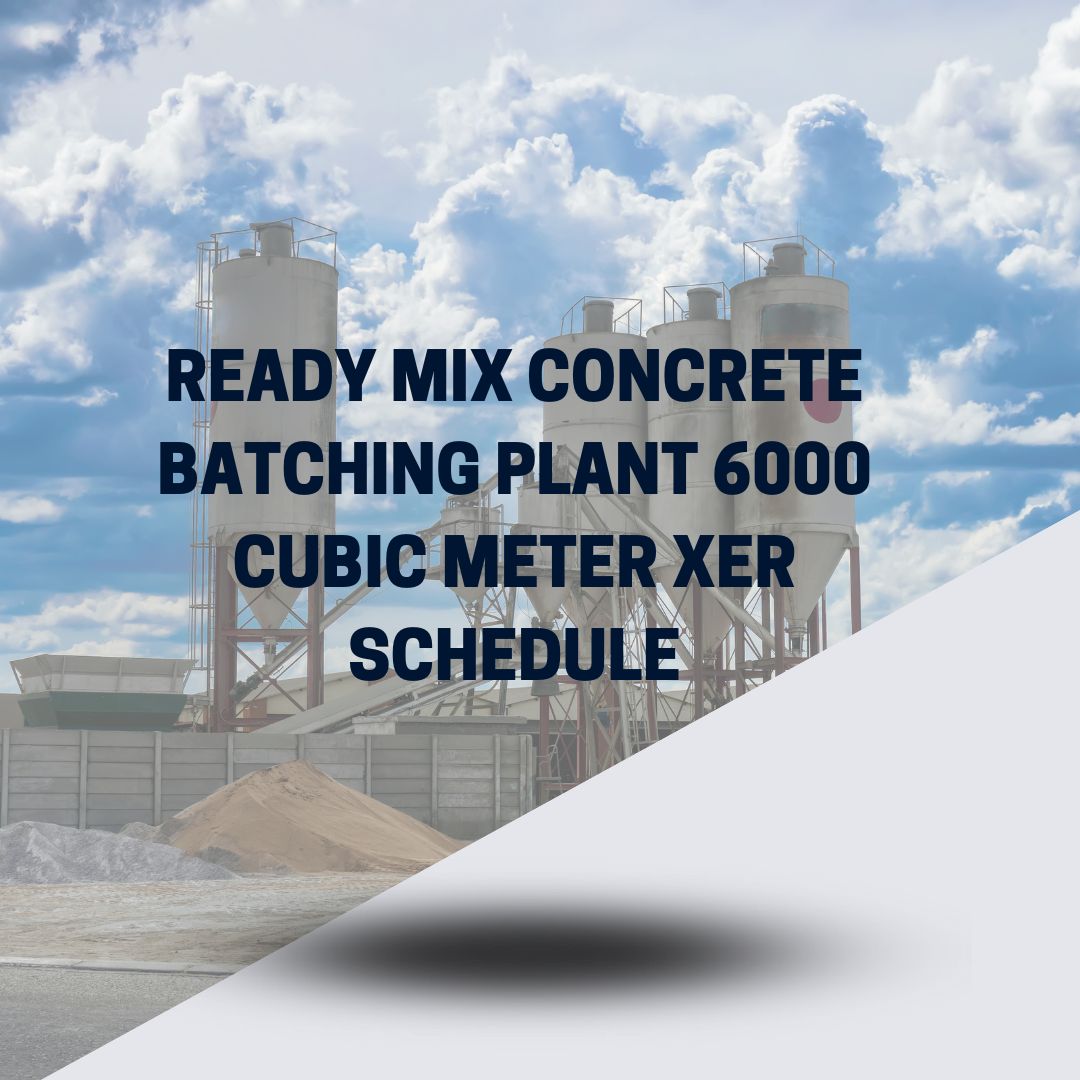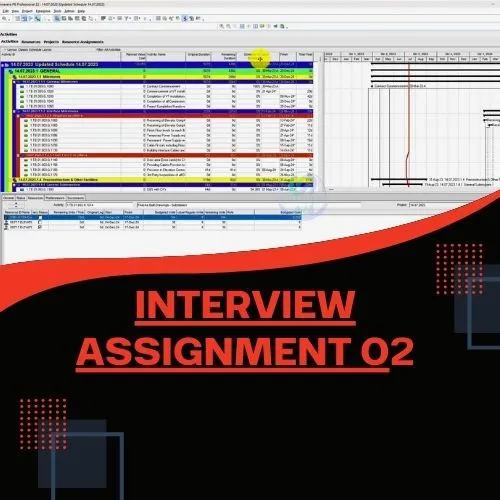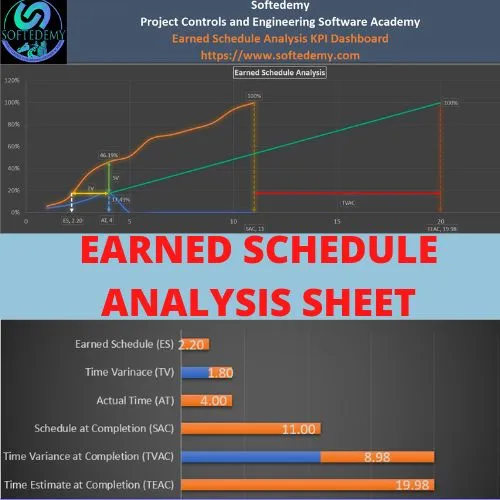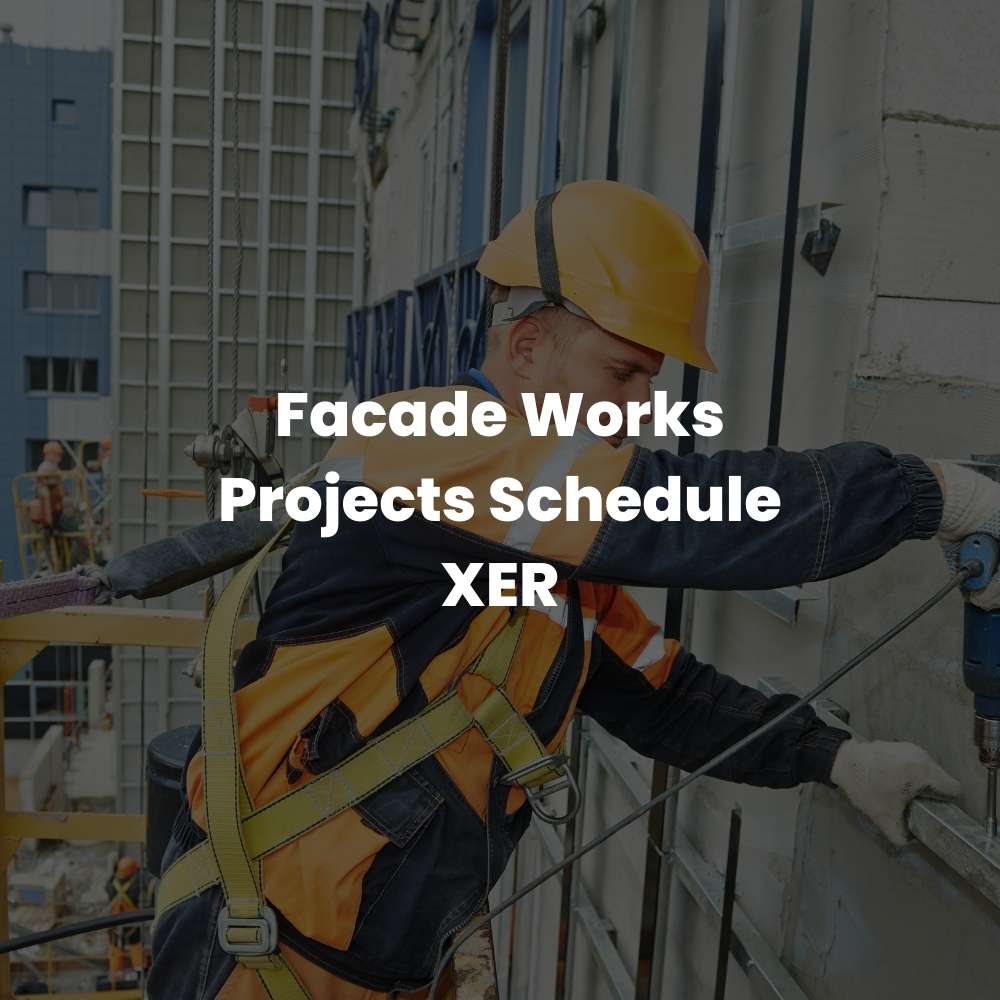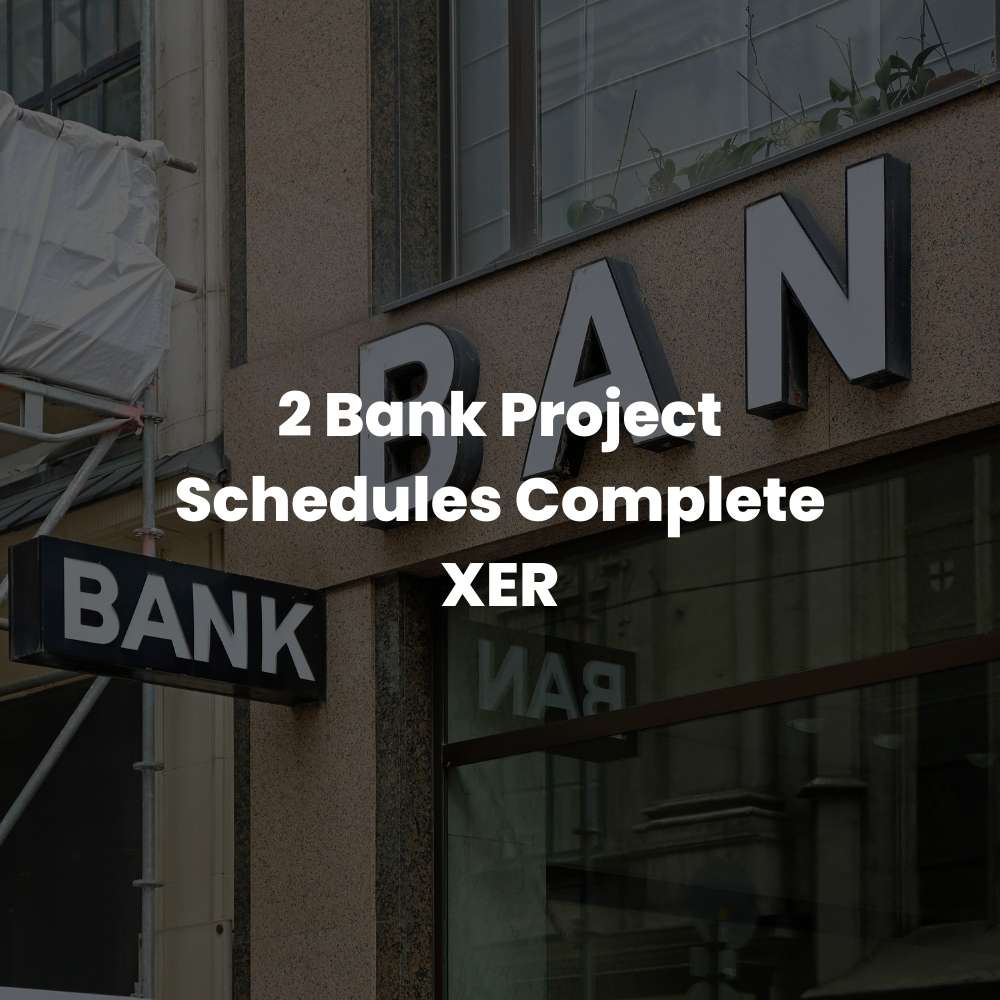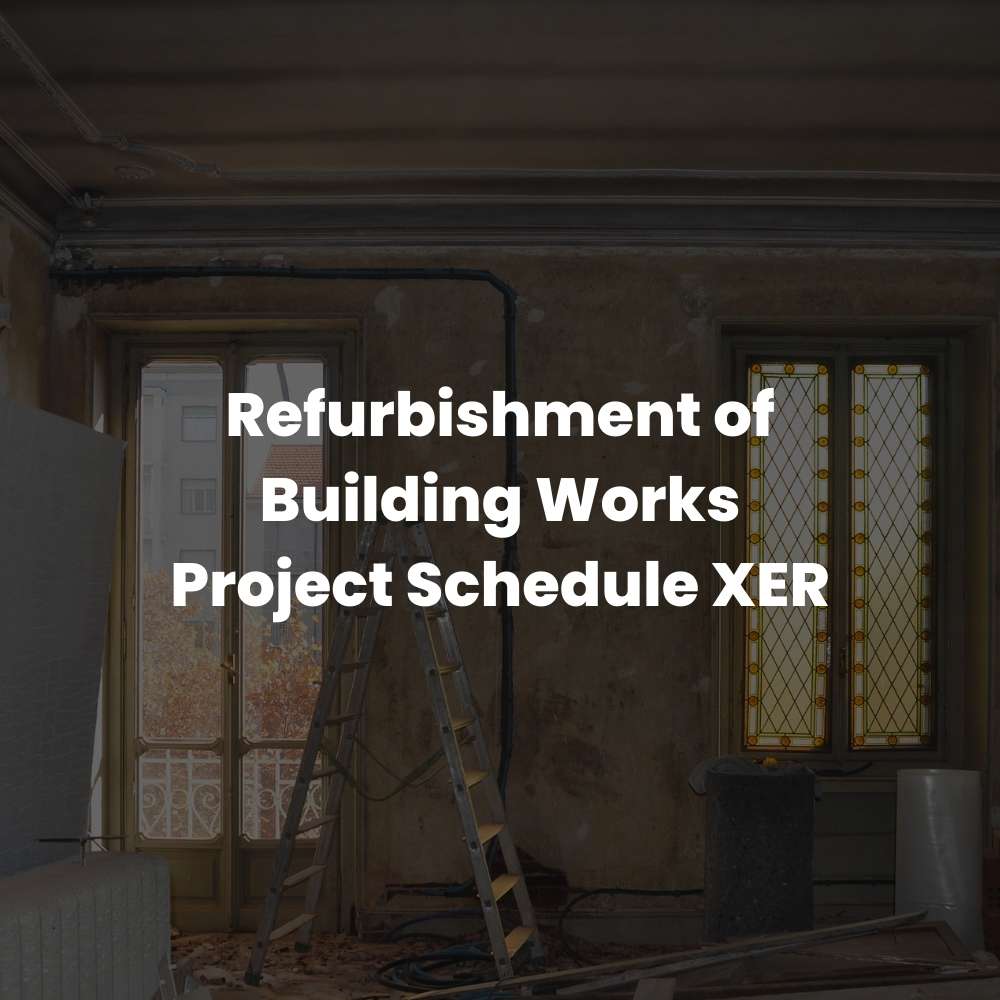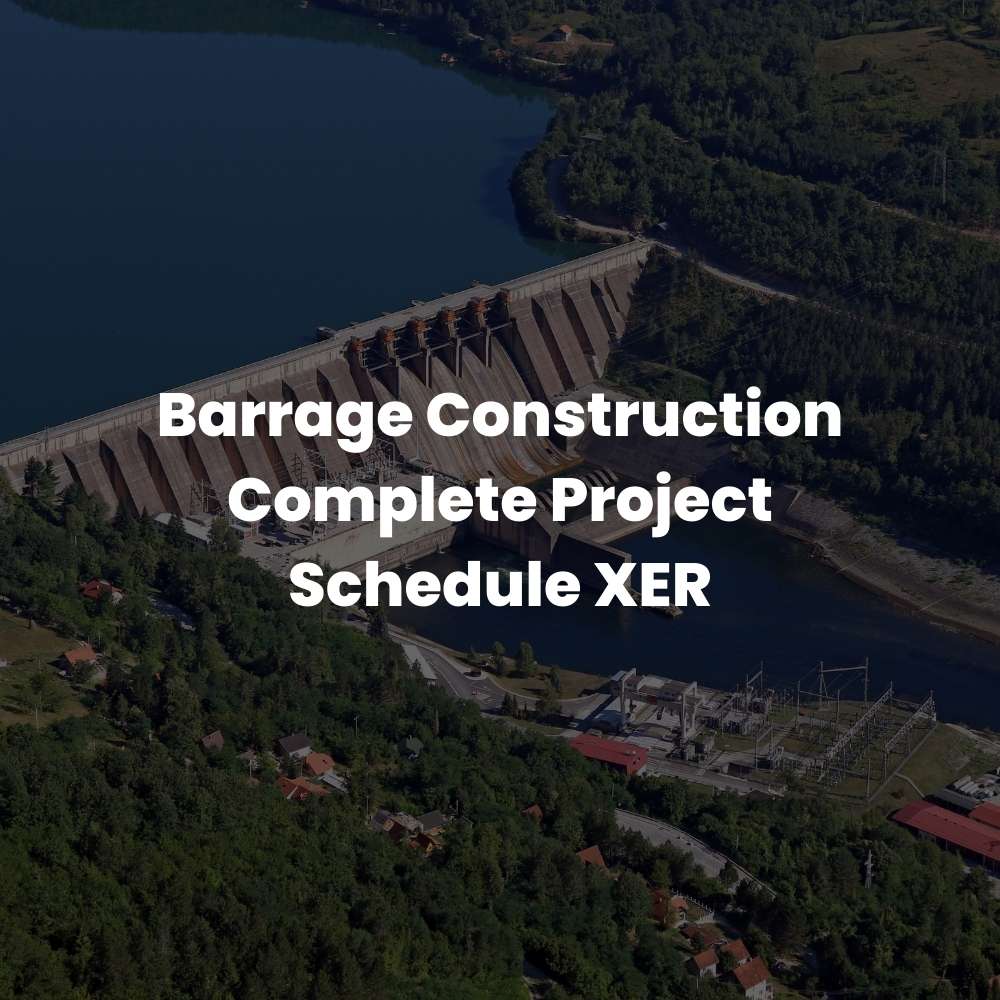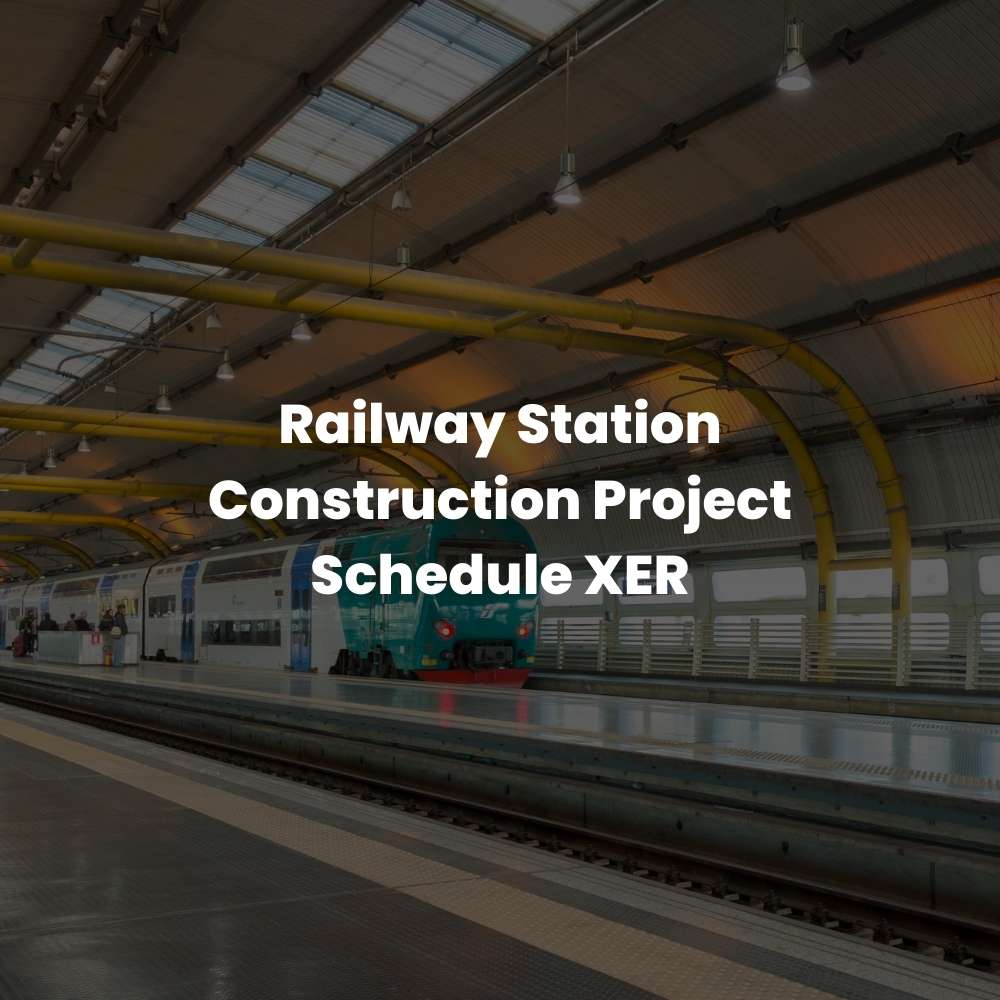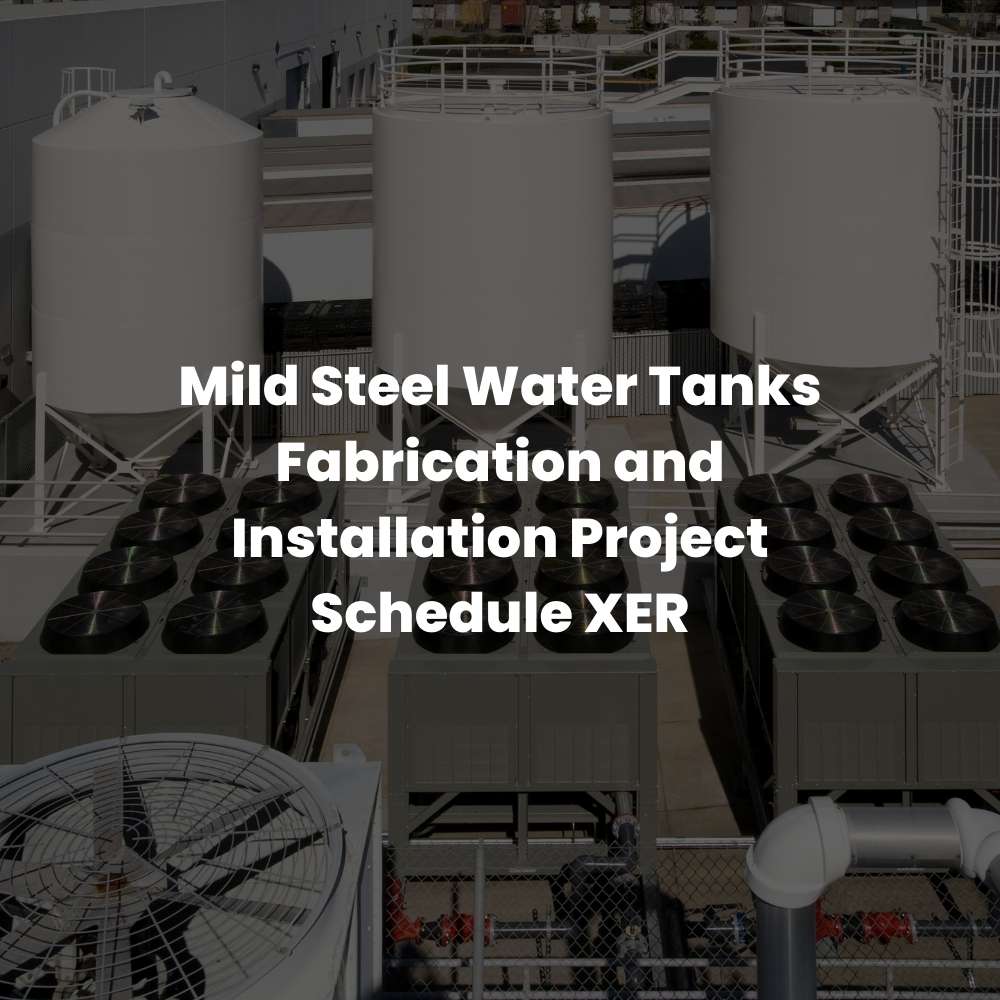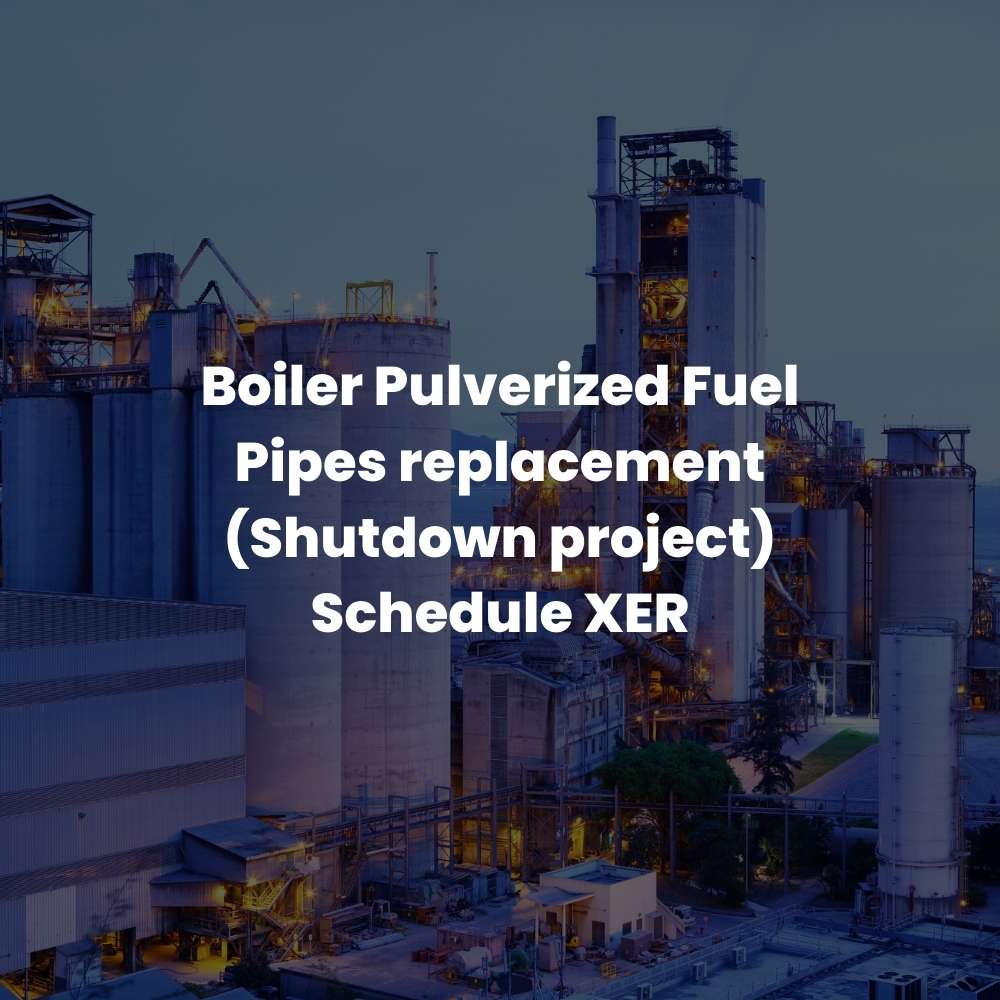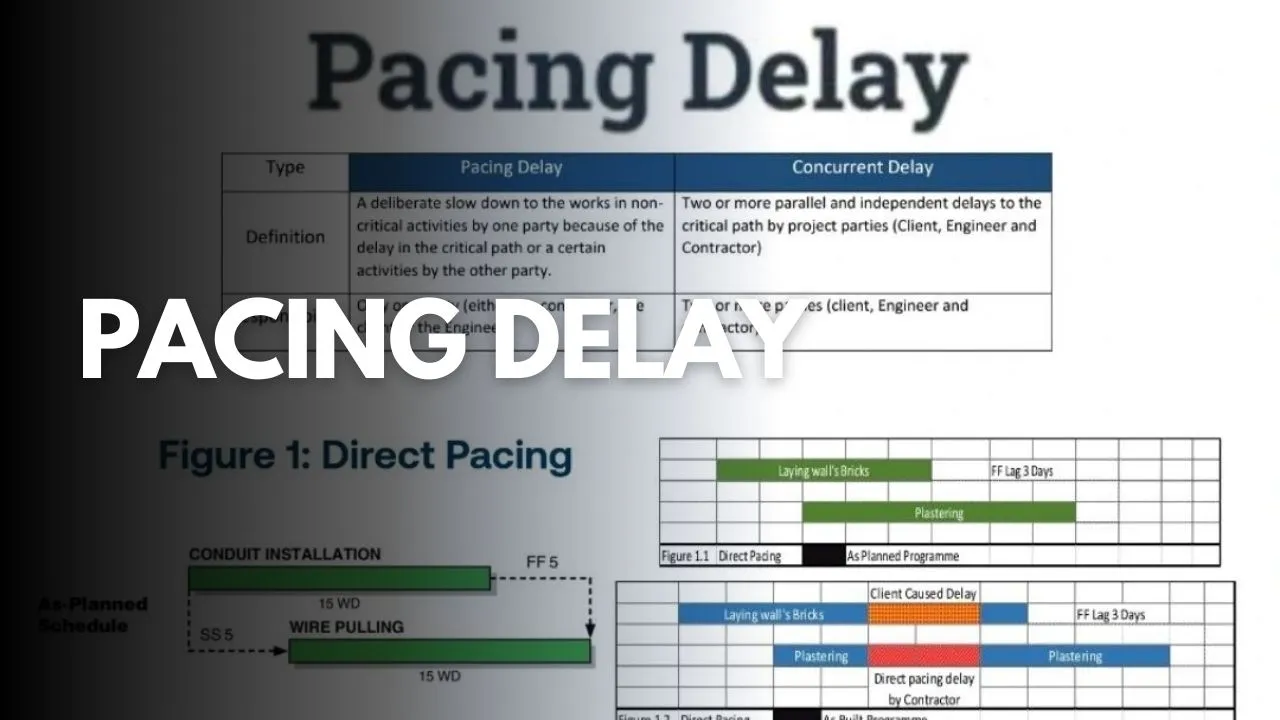As a Contractor, What would you do if you realize at some point during the project that client will be the cause to delaya certain activity on critical path?
At this point you have all the rights to decelerate works in non-critical activities which is known by “Pacing the works”.
Quoting from SCL-Delay Protocol under point 15.Mitigation of delay & mitigation of loss
“15.2 A Contractor may consider pacing activities that are not on the critical path (i.e. slowing down non-critical activities so that they proceed at the same relative pace as the delayed activities on the critical path). The Protocol recommends that if the Contractor intends to pace non-critical activities, then it should notify the Employer and the CA of its intention in this regard, along with its reasons for doing so.”
The thinking behind pacing delay is that it is sensible for a contractor to slow down the working pace if a delay by the client, makes it unnecessary for hard or fast working, as often memorably argued, “Why should I hurry up & wait”.
It enables the contractor to mitigate or avoid cost that otherwise would have been incurred had the work been done faster.
What is Pacing Delay?
A deliberate slow down to the works in non-critical activities by one party because of the delay in the critical path or a certain activities by the other party.
Types of Pacing Delay Pacing Delay is typically manifested in two distinct situations:
》Direct Pacing
when the progress of activity is directly depend on another activity in other words, when the duration of a successor schedule activity is extended due to a delay in a predecessor activity.
As shown in figure 1.2 if we assume that Laying wall’s bricks is client scope of work & plastering is contractor scope of work, we can see that Plastering duration extended because of the delay in laying wall’s bricks.
This can’t consider as a concurrent delay because the cause of one delay is the reason also for the second delay.
》Indirect Pacing
when the paced activities have no dependency on the delayed activities, or progress of paced activities don’t depend on the delayed activities.
As shown in figure 2.2 the contractor deliberately slow down the piping installation because of the client delay in equipment installation which drive the project duration, the contractor rationale is “what should I harry up and wait!”
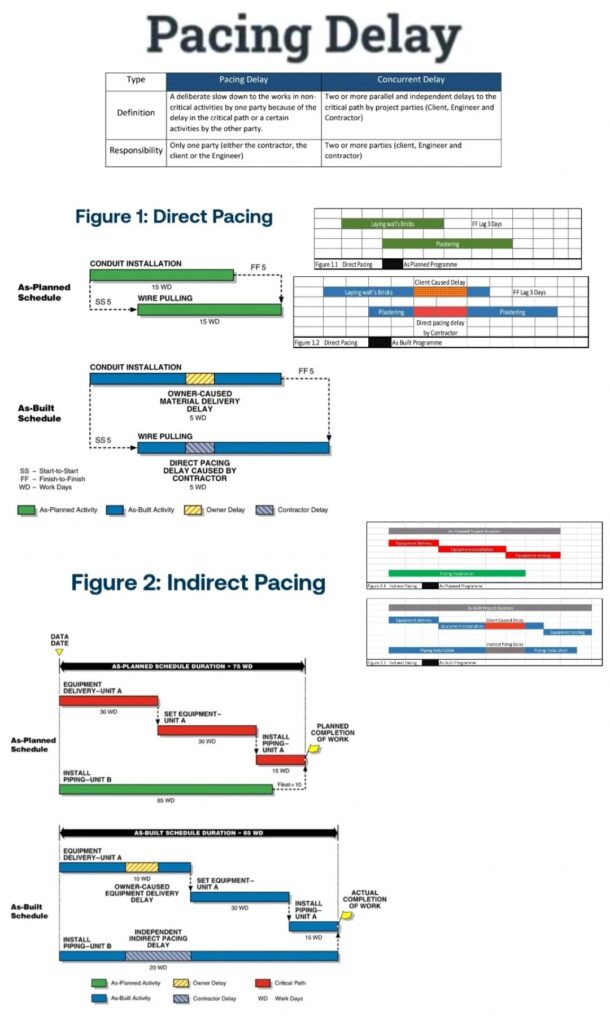
Leave a Reply
You must be logged in to post a comment.













